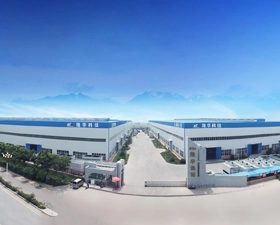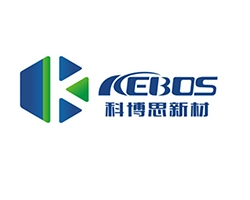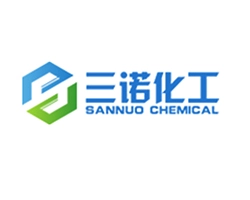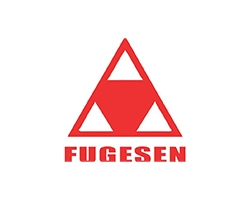Sputtering is a process by which atoms are ejected from the surface of a solid material and then deposited onto another surface as a thin film. This process is used extensively in the semiconductor and electronics industries for the production of integrated circuits and other electronic components. Sputtering targets are key components to this manufacturing process as they are the source of the atoms that form the thin film. There are several types of metals used in sputtering targets, and each has unique properties that make them suitable for different applications. This article will explore the most common metals used in sputtering targets and their properties.
Molybdenum Target
Molybdenum is a popular material for sputtering targets due to its high melting point, excellent conductivity, and low coefficient of thermal expansion. Molybdenum targets are commonly used in the production of thin films for microelectronics and surface coatings for machinery and tools.
Molybdenum Alloy Target
Molybdenum alloys, such as molybdenum-tungsten, molybdenum-rhenium, and molybdenum-titanium, are also used in sputtering targets. These alloys have improved properties like high hardness, toughness, improved sputtering rates, and deposition properties compared to pure molybdenum targets.
Titanium Target
Titanium sputtering targets are suitable for producing a variety of thin films, such as decorative coatings and biocompatible coatings. Titanium's corrosion resistance and strong bonding properties make it ideal for use in medical and dental implants.
Titanium-aluminum Target
Titanium-aluminum sputtering targets produce thin films ideal for wear-resistant coatings in the automotive and aerospace industries. These targets offer high deposition rates, improved adhesion, and low sputtering costs compared to other materials.
Copper Target
Copper is an excellent conductor of heat and electricity, making it ideal for creating conducting thin films. Copper sputtering targets are used extensively in the semiconductor and electronics industries for copper interconnects.
Tungsten Target
Tungsten has a high melting point and excellent stability at high temperatures, making it ideal for use in harsh environments. Tungsten sputtering targets are commonly used in the production of thin films for optoelectronics and solar cells.
Each of the metals commonly used in sputtering targets has unique properties that make them suitable for different applications. Molybdenum, titanium, tungsten, and copper targets each have benefits that can be tailored to the specific needs of a particular manufacturing process. By choosing the right sputtering target material, manufacturers can improve efficiency, reduce costs, and produce higher-quality thin films.


 EN
EN
 jp
jp  ko
ko  fr
fr  de
de  es
es  it
it  ru
ru  pt
pt  ar
ar  tr
tr 











